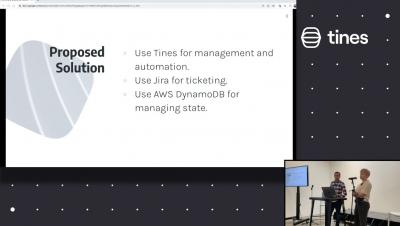9 Ways smart devices can compromise your privacy
A smart device is any device connected to the internet and can be controlled by a computer or smartphone. This includes devices such as home appliances, security cameras, thermostats, doorbells, lighting systems, and other connected gadgets. Smart devices are becoming increasingly popular due to the convenience they offer. However, with this convenience comes a greater risk to your privacy.











